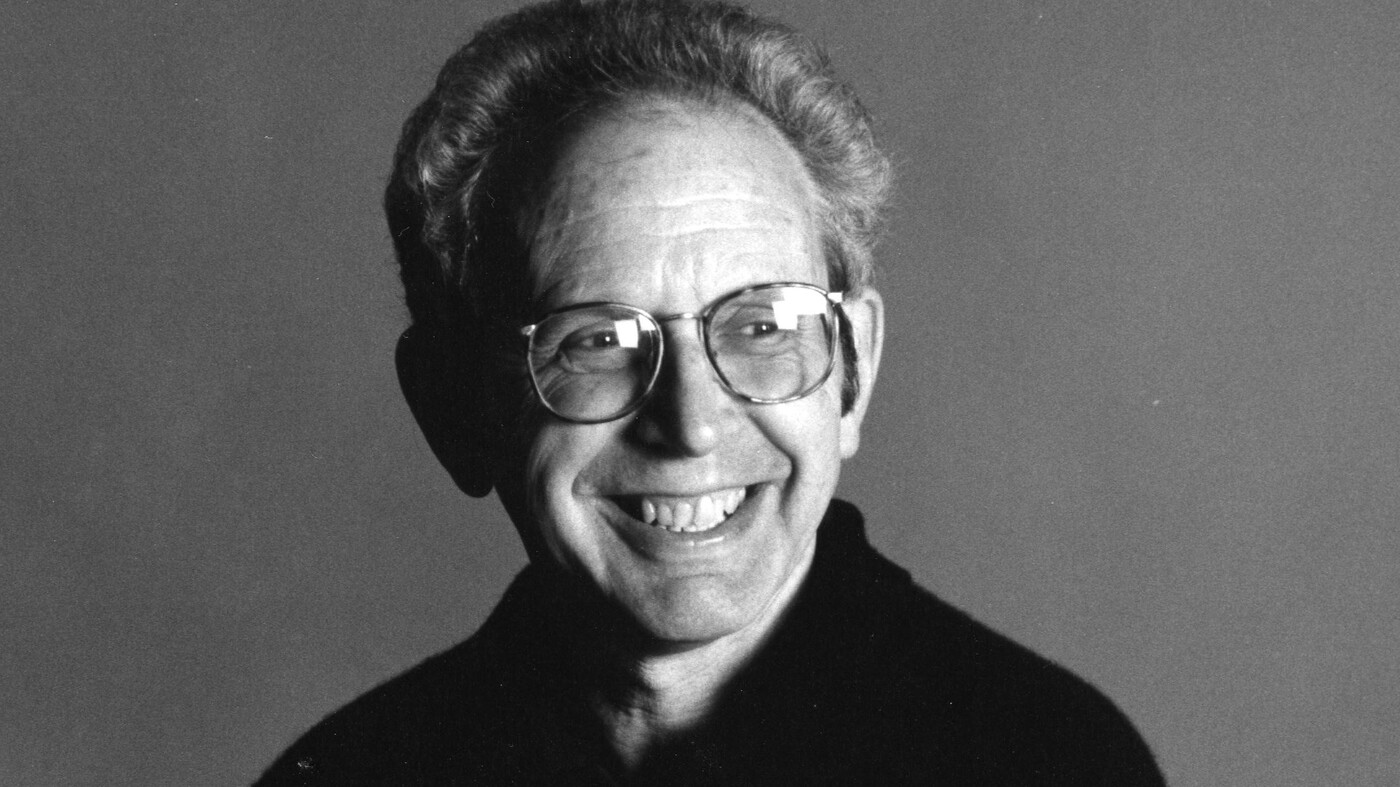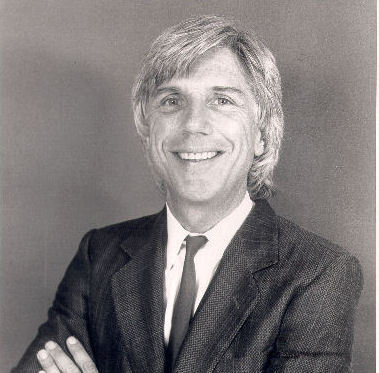FEEL LIKE GOING HOME (Charlie Rich) - Peter Guralnick
What's the greatest record you've never heard?
Well, that's obviously an unanswerable question. If you're like me, however, every few years or so you'll hear something that blows you away and you wonder how the record could have existed without your knowledge. It's always a thrill when this happens.
A couple of weeks ago I came across "Feel Like Going Home" by Charlie Rich and had the experience mentioned above. Rich is someone whose pop hits I knew and liked, and I also love what I've heard from his early days at the legendary Sun Records. "You Can Have Her" for Smash Records is a favorite. But FLGH was new to me.
No, one can't know all songs by all artists, but FLGH was too damn good for me never to have stumbled into it, to never had recommended to me.
What I heard was this demo version:
Digging into the story behind the song, I found a good one.
Renowned rock writer Peter Guralnick met Charlie Rich while working on a book that profiled various blues and rock musicians, including Muddy Waters, Howlin' Wolf and Jerry Lee Lewis. Charlie, one of his subjects, had yet to hit the big time with "Behind Closed Doors."
The book, published in 1971, took its name from a song by Waters, "Feel Like Going Home." Charlie, inspired by the feeling he got from reading the book, wrote a song with the same title.
And, to come full circle, Peter executive produced "Pictures and Paintings," including Charlie's final recording of FLGH.
You can watch Peter recounting this experience here.
He kindly shared the following insights and opinions with me:
1 - I
assume, perhaps incorrectly, that Charlie is playing the evocative piano part
himself on the demo version. What can you tell us about Charlie's piano
playing, given that he's best known as a singer?
Peter Guralnick: I
think you can pick up on Charlie’s playing from what you hear on the demo –
it’s kind of jagged, hesitant, with lots of blue notes played in between the
cracks, but with a swelling, gospel-inflected orchestral sound, too. I’m not
sure who exactly you could compare him to. Ray Charles and Miles Davis were
among his great musical heroes, Stan Kenton, Thelonious Monk, and the hard
boppers, too. In many ways he believed that less is more, and much of his
playing is spare. More than anything, though, he was inclined to sing and play behind
the beat – but he always caught up.
2 -
FLGH was initially a b-side and didn't make it onto an album until many years
later. Do you know if Charlie ever sang it in concert? Not that YouTube
has everything, but I found no live version there.
PG: He didn't play it often. I know he dedicated it once to President Nixon – not sure
what exactly he meant by that (kind of like his song, “Peace On You”), a couple
of times he dedicated it to me, though never with the impact of that first time
he played it at Max’s Kansas City. But it was such a personal song, it was a quiet song, and conveyed such a sense of
intimate, non-anthemic emotion that it wasn’t all that suitable for arena or
stadium performances.
3 -
You produced what turned out to be Charlie's last album, "Pictures and Paintings."
What was his motivation to record another version of FLGH?
PG: He
wanted to record it again, because he felt the B-side version was more Billy
Sherrill than him. Charlie was the one who re-conceived of it as a gospel song,
with a black choir and in his original conception (I’m not sure how this would
have worked out) with Arthur Fiedler leading the Boston Pops section of the
Boston Symphony Orchestra behind him. He had trouble singing it in the original
key, and it was Scott Billington, the producer, who suggested the key change,
which created a change in mood, too, that substituted a kind of upbeat sense of
salvation for the original, haunting feel. If I had to choose, I’d choose the
demo (I think most people would), but Charlie absolutely loved the new version,
too, he loved the voices and the new, more hopeful mood.
4 - If
you believe in Rock and Roll Heaven, who up there is singing this song with
Elvis Presley and Ray Charles and Sam Cooke as Charlie smiles and sways along?
PG: Billie
Holiday? Louis Armstrong? Miles on trumpet? A still earth-bound Willie Nelson.
Bobby Charles. But not together.
5 -
One of my favorite records is Johnny Cash's "Spiritual," which has a
lot in common with FLGH. Breathtaking vocal by an iconic singer who started at
Sun Records, a song that pulls off the feat of sounding like its an old
traditional tune without sounding derivative, lyrical pleading for relief from
life's pain. Maybe I'm a sucker for these types of records. Can you
recommend a few hidden gems along these lines?
PG: “She Even Woke Me Up to Say Goodbye” and “Over the Rainbow” by Jerry Lee Lewis. Nick
Lowe and Geraint Watkins – “Only a Rose.” “It Tears Me Up” – Dan Penn.
6 - A
perhaps unfair question I tend to ask people is what's their favorite cover
version of a song. I don't think any measure up to Charlie's recordings, but
some very talented folks have sung it - Tom Jones with Mark Knopfler; J Mascis
of Dinosaur Jr.; Rita Coolidge; the Notting Hillbillies (Knopfler again);
Walkabouts; and others. Which do you like best and why?
PG: If
we’re going to talk covers I’m going to go with Bobby “Blue” Bland’s version of
Charlie’s “Who Will the Next Fool Be,” which I think equals the original in an
entirely different and individual way, and Jerry Lee Lewis’ version of the same song, which ends with Jerry Lee whistling the outro, and then spontaneously declaring, “Can you imagine a cat in khaki pants walking down the street, whistling?” as the song fades. Not to mention
Dennis Brennan’s beautiful version of “Feel Like Going Home,” with Duke Levine
backing him up.
7 - You've been called a "national resource" for your writing about music. What I don't know is if you can play guitar or piano. Do you? And, if so, do you ever sit down and belt out "Feel Like Going Home"?






